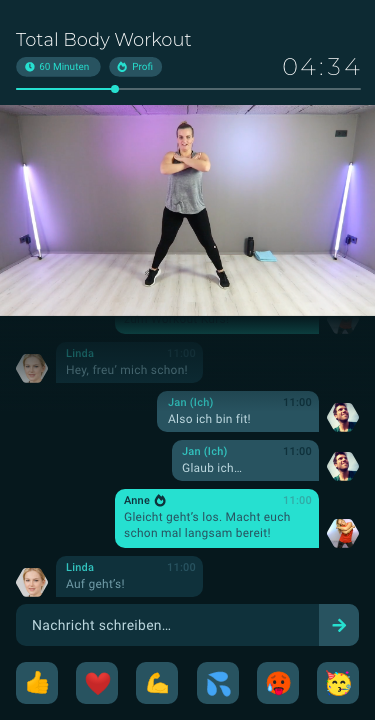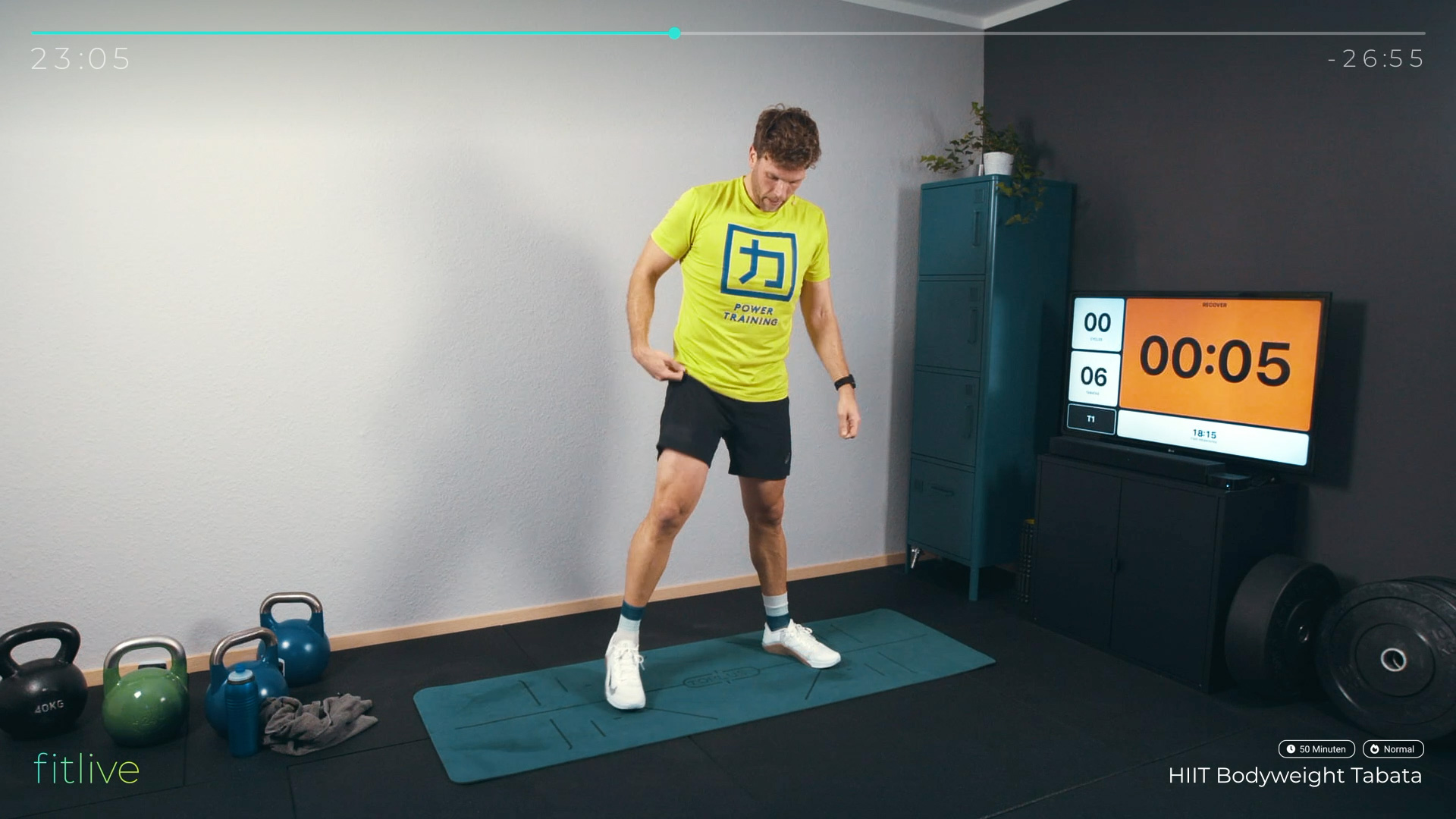AWS for M&E Blog
Transforming live fitness with Amazon Interactive Video Service
Authored by Jan Peiniger, creator of fitlive. The content and opinions in this post are those of the third-party author and AWS is not responsible for the content or accuracy of this post.
Pandemic era lockdowns caused entire industries to seek alternative approaches to in-person interactions, a shift that affected businesses worldwide, including fitness. Many gyms, personal trainers, and fitness instructors transitioned to virtual classes using video conferencing solutions, but translating the energy of a high-intensity group workout with the right quality audio and video experience for participants proved tricky. Often these classes don’t meet the quality of an in-person experience, and are difficult for instructors to execute and manage on the backend. I discovered this firsthand in helping my sister, a fitness instructor herself, set up a streaming solution and organize participants. Realizing that there had to be a better, easier way to provide a virtual fitness experience sparked the idea behind end-to-end digital fitness platform fitlive.
Fitness instructors are not necessarily all digital natives, although many have large followings, so I set out to create an accessible platform that would allow them to monetize live stream fitness classes in an intuitive way. The aim was to give instructors the tools they need to help clients achieve their goals versus spending time on audio visual (AV) setup and troubleshooting, and invoicing. After working on fitlive as a side passion project for about six months, the platform is now in full-time development and beta testing.

Built entirely on Amazon Web Services (AWS), the platform’s live video streams are managed by Amazon Interactive Video Service (Amazon IVS). For now, instructor service is available in Germany, but we have ambitious expansion plans. Broadening supported geographies, however, introduces new challenges. We not only need to implement multi-language interfaces, but also comply with each country’s regulatory guidelines. Thankfully, using Amazon IVS has made delivering high-quality, low-latency live video streaming seamless, freeing more resources for developing the consumer app experience and simplifying instructors’ administrative tasks.
Integrating Amazon IVS within the platform was probably one of the easiest tasks from a development perspective. The player was simple and straightforward, and we had it running in about a day. To use the platform, both instructors and participants need to login, although they have access to different interfaces and available features. Once an instructor signs up for an account, they’re assigned a new Amazon IVS channel URL and stream key, which is auto populated within their settings via API. This allows them to start and stop live streams whenever they want, and during live streams, they can easily see the quality of each participant’s stream via color-coded check marks. On the backend, AWS Amplify is used to power web and mobile app functions.
When we considered how to incorporate live video within the platform, we looked at various solutions, and Amazon IVS provided the best scale and performance, as well as global reach. The platform is localized for the instructor due to its billing functionality, but participants can log in from anywhere, and with Amazon IVS, they’ll receive the highest quality audio and video stream for their available bandwidth. As music and speech is an integral part of the fitness class experience, rather than relying on the low audio quality of live conferencing solutions, using Amazon IVS helps the platform deliver the instructor’s playlist and voice to participants in the best and most immersive way.
Through our development and testing, we’ve also found interactivity to be important alongside live video, otherwise classes feel too clinical. Now, during class, participants can submit emoji reactions to offer instructor feedback and peer encouragement.

Ultimately, user functionality drives our design, so instructors are able to stream directly to the platform out of iOS, although browser-based streaming currently requires Open Broadcaster Software (OBS). Instructors don’t necessarily want to think about RTMP servers and such, so we want to remove all those technical hurdles for them and make tools easy to use. Along with simplifying implementation, we also provide educational support in terms of camera or microphone recommendations based on budget, as well as guidance on social media marketing.
While the platform is still in its infancy, we have a grand vision for where we want to take it, with simplicity and accessibility guiding our development. AWS and Amazon IVS are helping us get there, allowing us to create a platform that gives independent instructors a powerful business tool for live and on-demand fitness classes. They can offload the administrative aspects of the participant journey and video delivery, and instead focus on their craft and create successful and independent digital fitness businesses. As Amazon IVS libraries continue to grow, we’ll continue to take advantage of new opportunities to iterate and innovate. Keep an eye out for more to come from fitlive as we continue to expand the platform’s reach and functionality. To learn more about Amazon IVS features and functionality, visit the Amazon IVS web page.